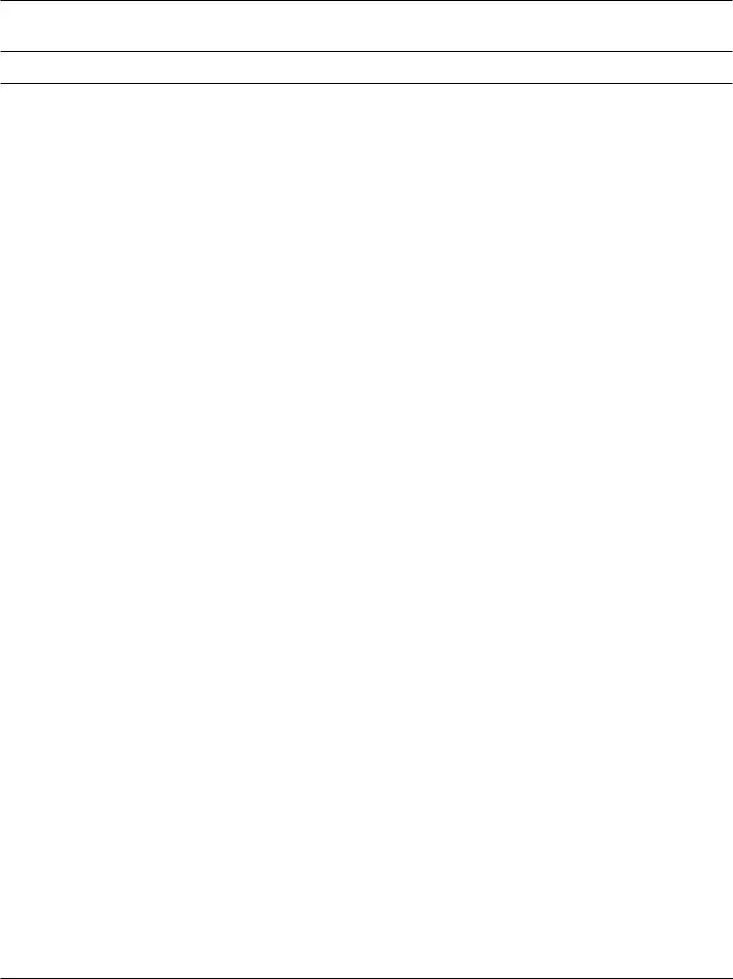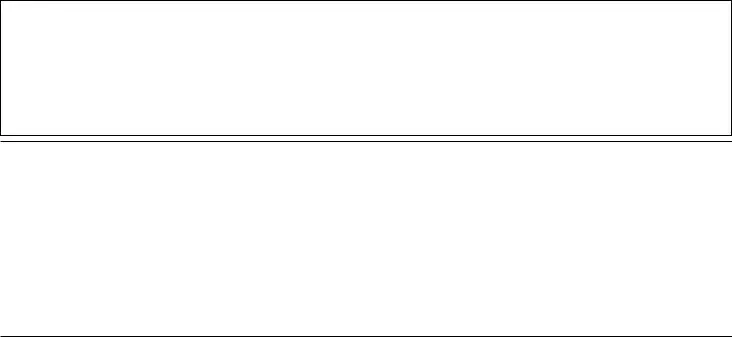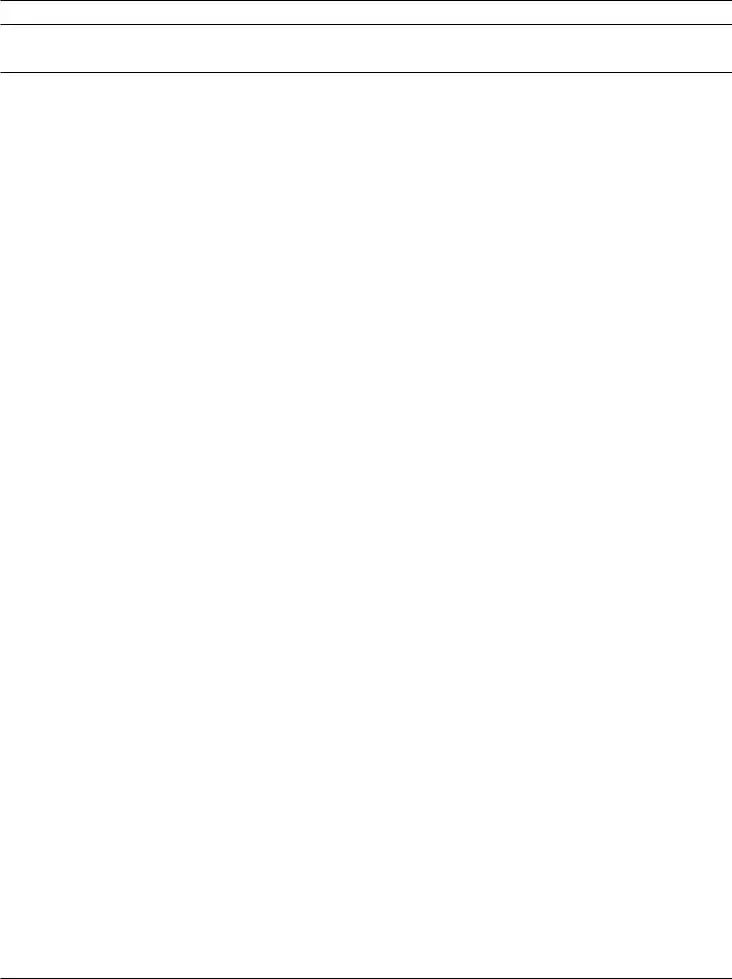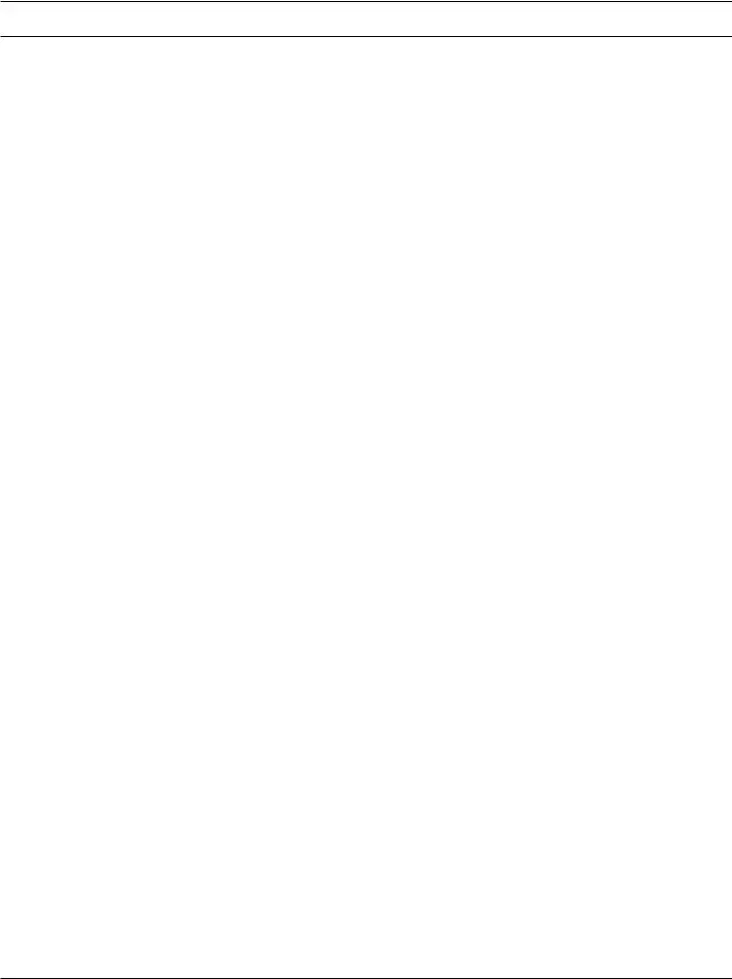•For chemistry, each non-calculated analyte is counted separately (e.g., Lipid Panel consisting of a total cholesterol, HDL cholesterol, LDL cholesterol and triglycerides equals 4 tests).
•For clinical cytogenetics, the number of tests is determined by the number of specimen types processed on each patient; e.g., a bone marrow and a venous blood specimen received on one patient is counted as
two tests. NOTE: For all other genetic tests, the number of tests is determined by the number of results reported in the final report.
•For manual gynecologic and nongynecologic cytology, each slide (not case) is counted as one test.
•For flow cytometry, each measured individual analyte (e.g. T cells, B cells, CD4, etc.) that is ordered and reported should be counted separately.
•For general immunology, testing for allergens should be counted as one test per individual allergen.
•Genetics tests should be placed in the specialty or subspecialty where they fit best, according to the methodology of the test.
•For hematology, each measured individual analyte of a complete blood count or flow cytometry test that is ordered and reported is counted separately. The WBC differential is counted as one test.
•For histocompatibility, each HLA typing (including disease associated antigens) is counted as one test, each HLA antibody screen is counted as one test and each HLA cross match is counted as one test. For example, a B-cell, a T-cell, and an auto-crossmatch between the same donor and recipient pair would be counted as 3 tests.
•For histopathology, each block (not slide) is counted as one test. Autopsy services are not included. For those laboratories that perform special stains on histology slides, the test volume is determined by adding the number of special stains performed on slides to the total number of specimen blocks prepared by the laboratory.
•For immunohematology, each ABO, Rh, antibody screen, crossmatch or antibody identification is counted as one test.
•For microbiology, susceptibility testing is counted as one test per group of antibiotics used to determine sensitivity for one organism. Cultures are counted as one per test request from each specimen regardless of the extent of identification, number of organisms isolated, and number of tests/procedures required for identification. Each gram stain or acid-fast bacteria (AFB) smear requested from the primary source is counted as one. For example, if a sputum specimen has a routine bacteriology culture and gram stain, a mycology test, and an AFB smear and culture ordered, this would be counted as five tests. For parasitology, the direct smear and the concentration and prepared slide are counted as one test.
•For urinalysis, microscopic and macroscopic examinations, each count as one test. Macroscopics (dipsticks) are counted as one test regardless of the number of reagent pads on the strip.
•For all specialties/subspecialities, do not count calculations (e.g., A/G ratio, MCH, T7, etc.), quality control, quality assurance, or proficiency testing assays.
If you need additional information concerning counting tests for CLIA, please contact your State agency.
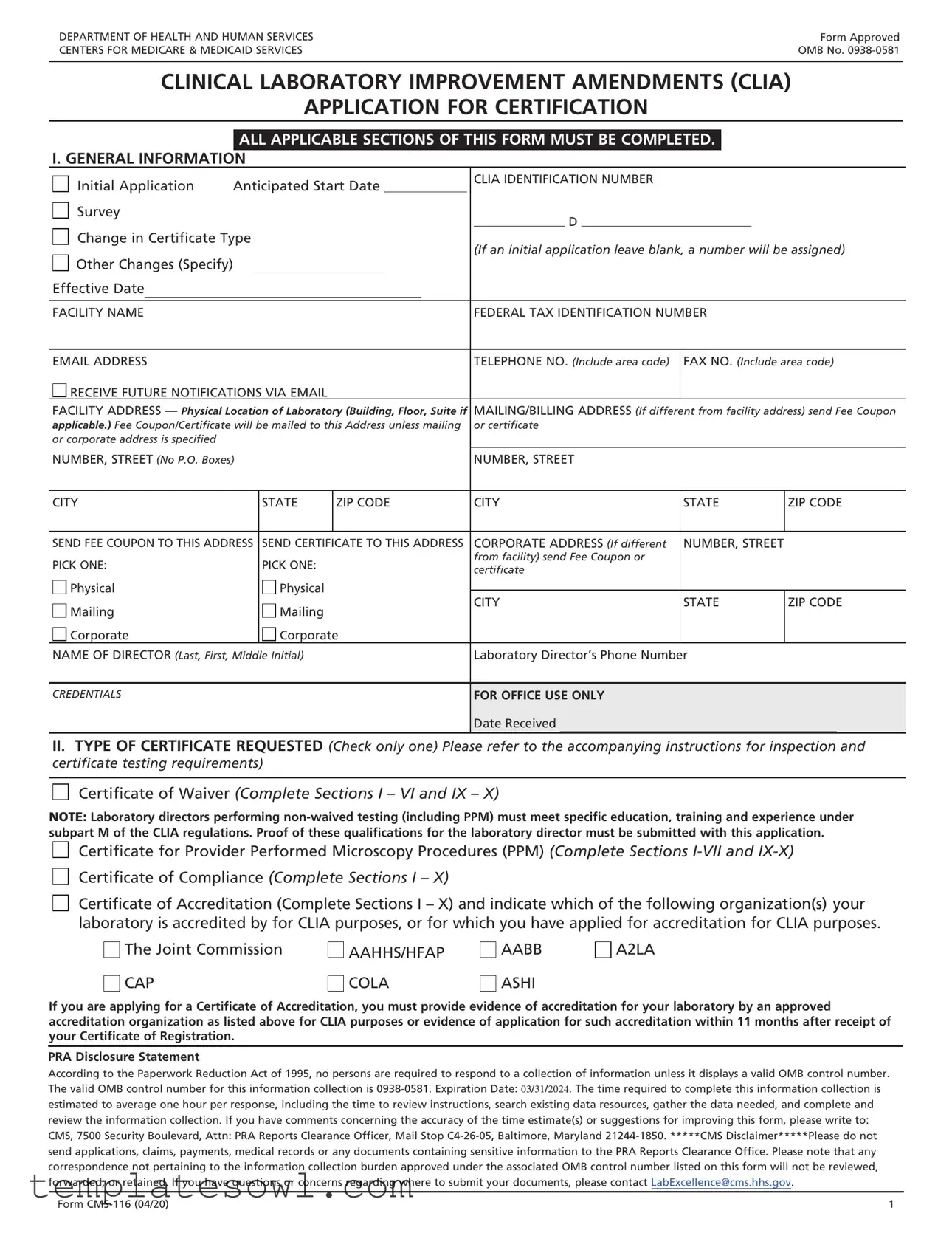
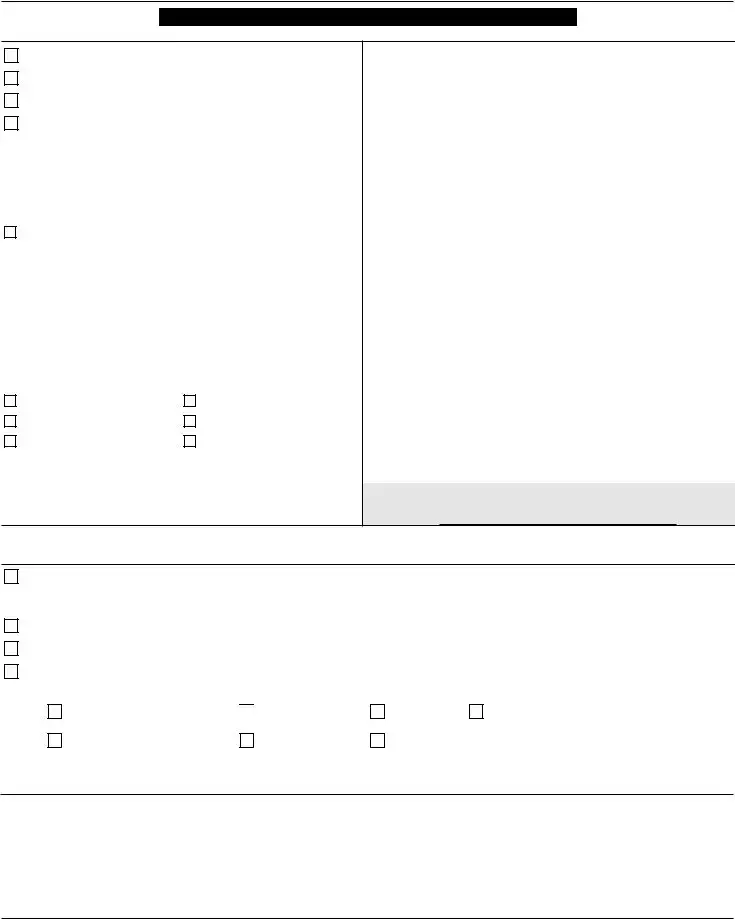

 AAHHS/HFAP
AAHHS/HFAP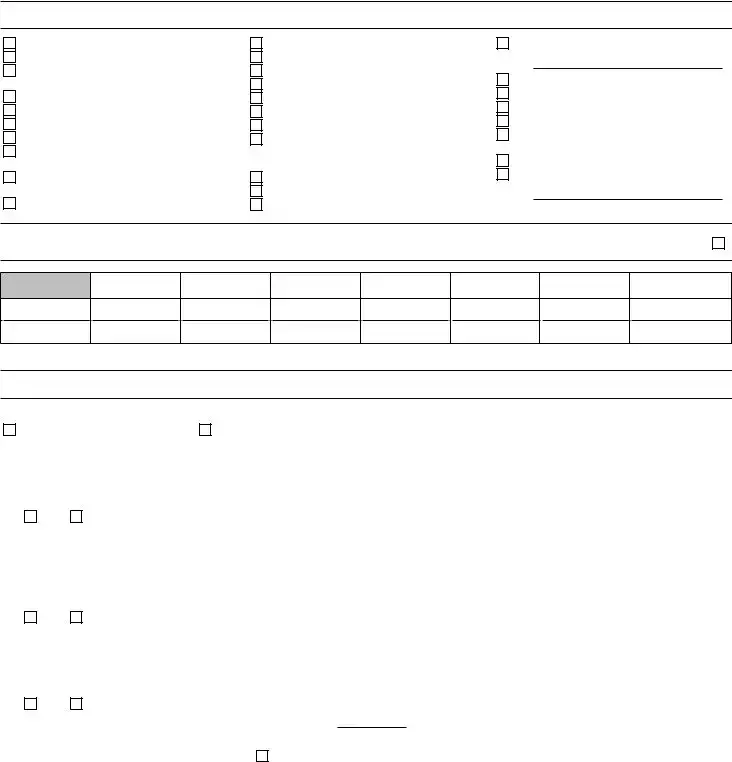
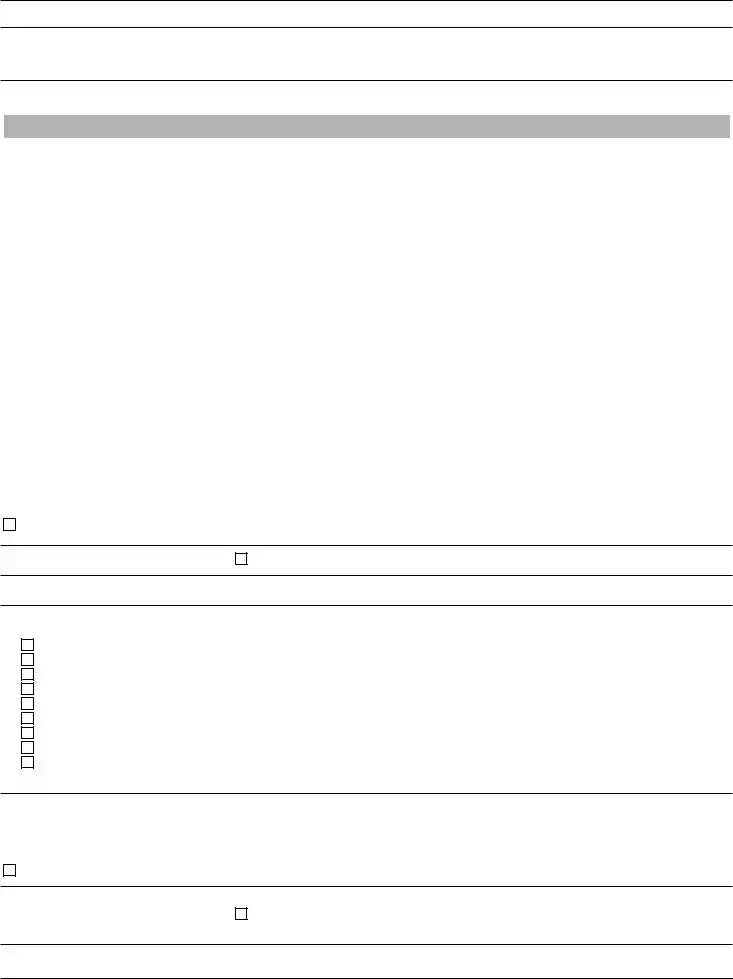
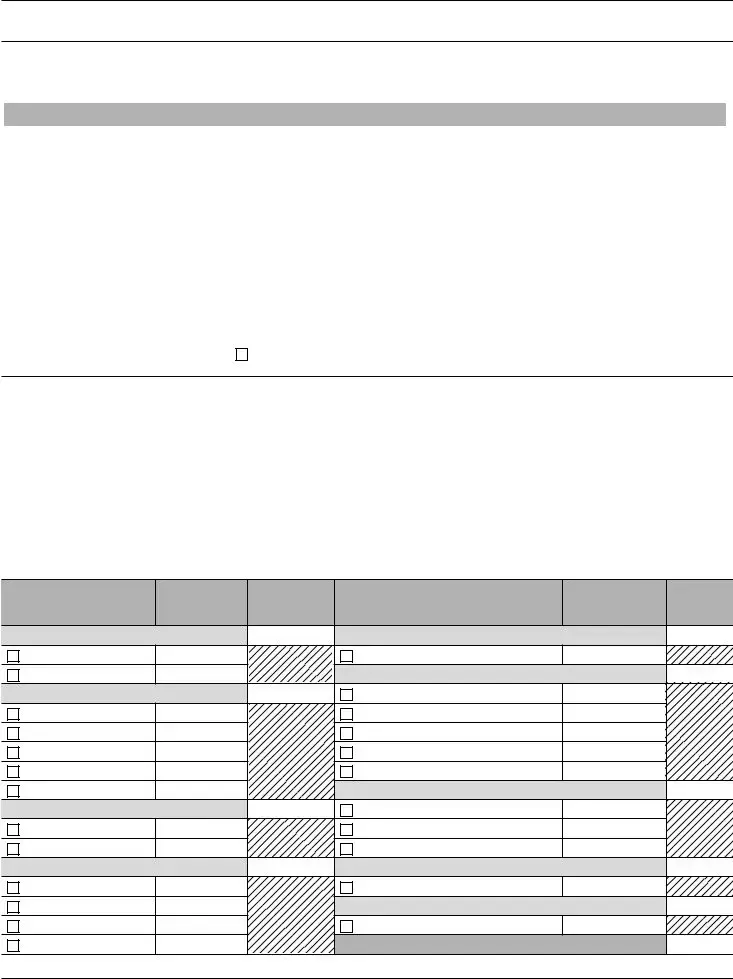
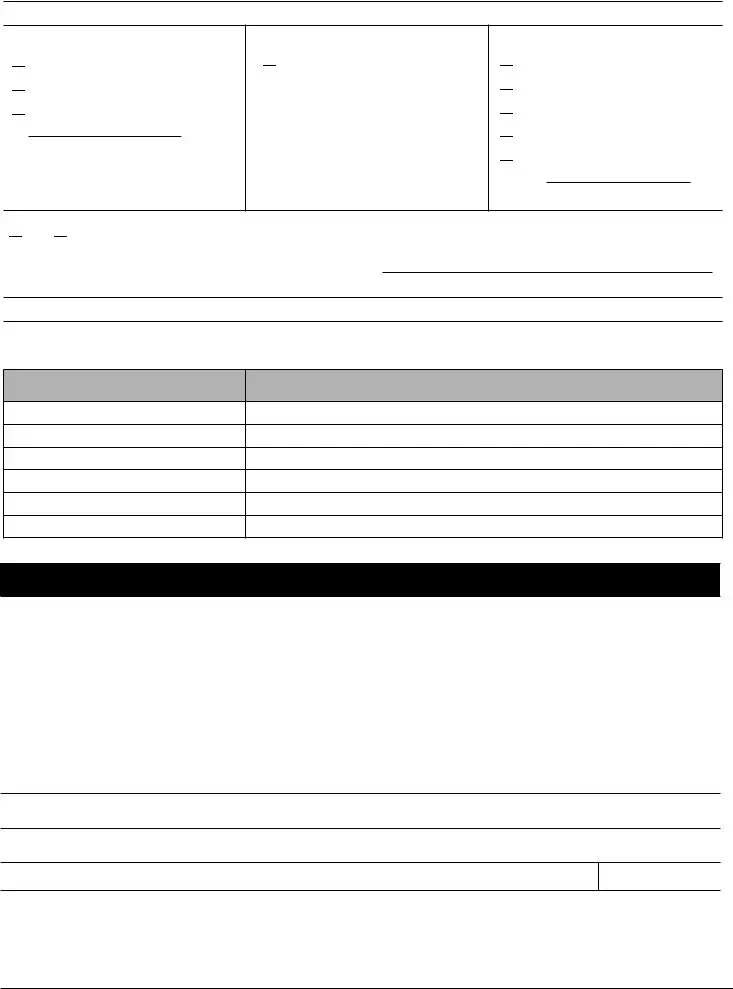

 01 Religious Affiliation
01 Religious Affiliation
 02 Private Nonprofit
02 Private Nonprofit
 03 Other Nonprofit
03 Other Nonprofit
 04 Proprietary
04 Proprietary
 05 City
05 City
 06 County
06 County
 07 State
07 State
 08 Federal
08 Federal
 09 Other Government
09 Other Government Yes
Yes  No
No